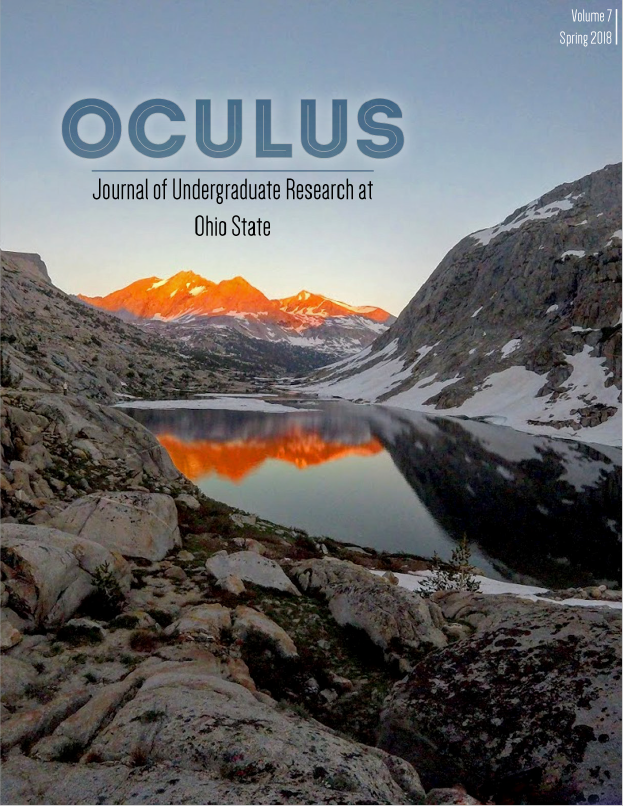Analytical determination of re-epithelialization of porcine wounds using immunohistochemistry
Abstract
Background: In United States, chronic wounds represent a major public health burden with 6.5 million yearly cases costing more than 50 billion dollars (Frykberg, 2015). This burden is further aggravated due a sharp rise in the incidence of diabetes and obesity, due to diabetic related ulcers and inhibited wound healing. It has been estimated that two-thirds of chronic wounds get infected by biofilms. These multispecies microbial biofilm infected chronic wounds pose a significant threat to the global population.
Objective: To study the re-epithelization, the ability of skin to heal itself, of a pig’s back wounds using immunohistochemistry.
Method: Full thickness excisional wounds (2”x2”) were created on the dorsum of pigs and followed up to 31 days post wounding. The wounds were either infected or not infected with a bacterial species mix consisting of Pseudomonas aeruginosa, Acinetobacter baumannii and Staphylococcus aureus. Wound biopsies were collected on day 31. To study re-epithelization of the wounds, formalin fixed paraffin embedded sections were deparaffinized and stained with eosin. Immunostaining with cytokeratin 14 (K14) antibody of the OCT (optimum cutting temperature) embedded frozen sections of 10 μm. For the blocking of the frozen sections, 10% nomal goat serum (NGS) was used. Fluorescent tagged secondary antibody (Alexa Flor 488 (green) was used for the K14. DAPI, a fluorescent stain to highlight cell nuclei, was used to visualize the nucleus. The stained sections were scanned with a Zeiss Axiovert 200 inverted fluorescence microscope supported by an AxioCam digital camera, a motorized stage, and guided by Axiovision software (Zeiss). The images were analyzed in image J or with the Zen software to determine the re-epithelization.
Results: The infected pig wounds showed impaired epithelization as compared to the non-infected pig wounds. Thus, it was concluded that Biofilm infection compromises the re-epithelization process. Current studies are ongoing to elucidate the mechanism for the impairment of the re-epithelization on biofilm infected wounds.
Downloads
Published
Issue
Section
License
Copyright (c) 2018 The Journal of Undergraduate Research at Ohio State


